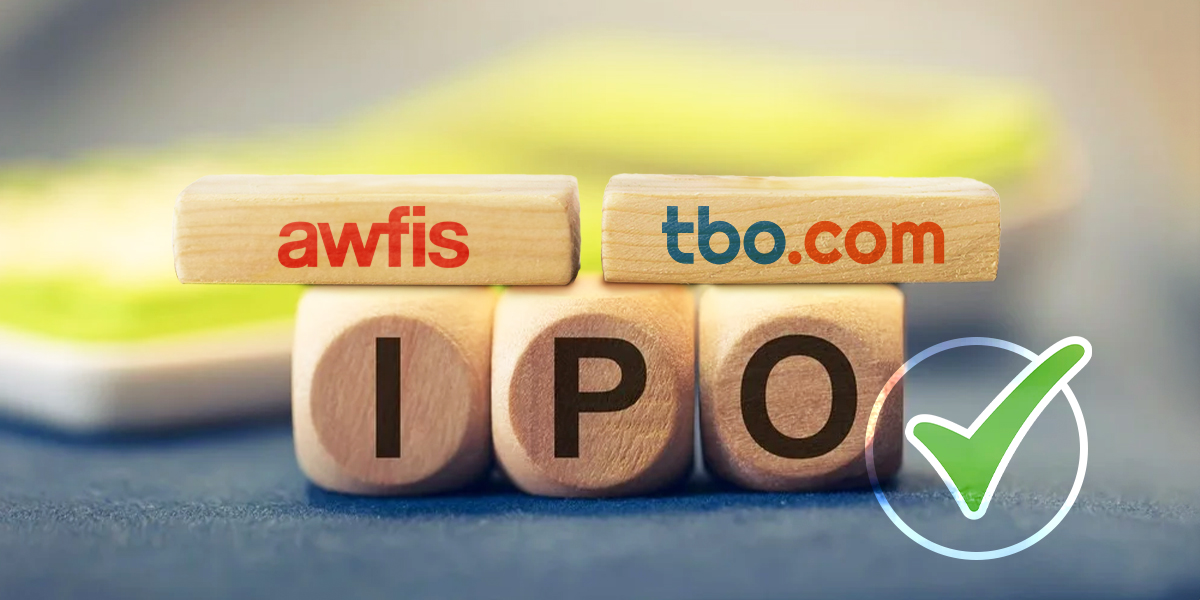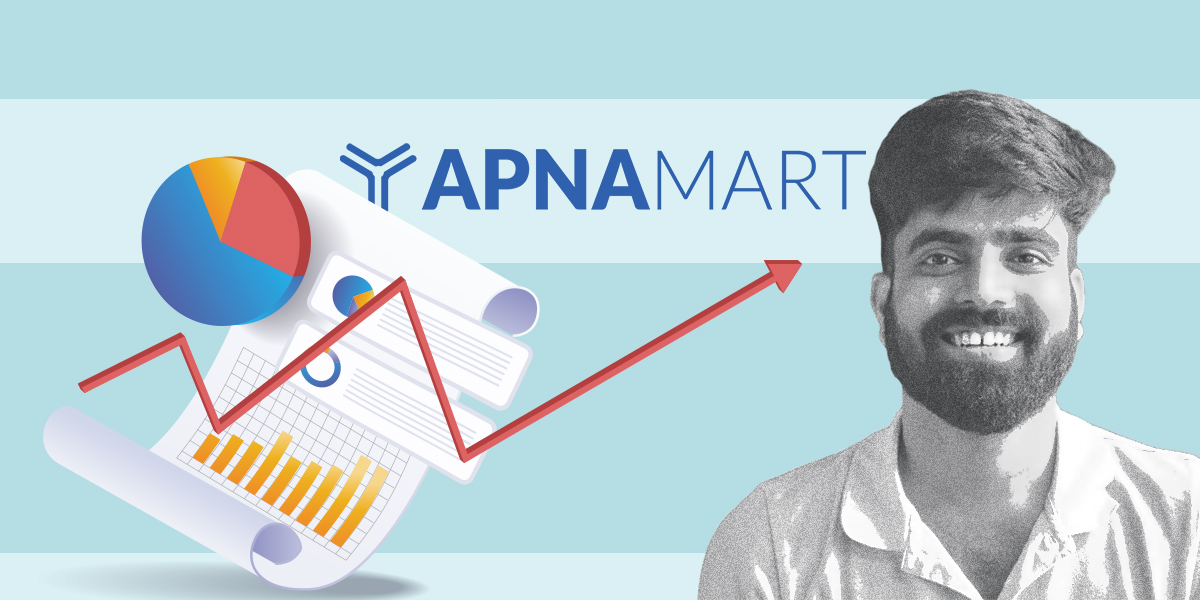The payment ecosystem has been evolving at quite a fast pace in India. From cash to card to NFC to mobile wallet to sound, we have come a long way when it comes to consumer-to-merchant payment.
In the list of mode of payments, sound wave technology is the newest entrant and expected to be a game-changer in the fledgling payment ecosystem – mainly because sound wave-based payment technology allows digital transactions between devices without the use of the Internet.
Leveraging sound wave technology is ToneTag, which is aiming to change the way we pay for retail purchases. Founded in 2014 by Kumar Abhishek and Vivek Singh, the platform enables payments and customer engagement services on any device, independent of the instrument or infrastructure.
Unlike other digital modes of payments which essentially need data connectivity, ToneTag requires a proprietary software development kit (SDK) on the merchants’ device, such as EDC terminal or POS or phones and customers’ mobile banking or payment apps.
“Once the software is installed, the merchant can transmit the bill amount and details of the transaction by way of an audio signal. Customers can authenticate the payment by just unlocking their phones and entering the PIN,” said Kumar Abhishek, CEO, and Co-founder, ToneTag.
To make it merchant friendly and drive quick adoption, ToneTag also provides RetailPods, a payment terminal inbuilt with the company’s software.
When asked about NFC, which also provides the solution of digital transactions without Internet connectivity, Kumar explains: “NFC requires the installation of expensive hardware and is not a viable option for SMEs. Besides, NFC is not inbuilt in every phone.”
The platform also takes care of security concerns. The ToneTag software algorithm encodes data into sound waves, which is protected with three layers of encryptions.
ToneTag in numbers: Claims reach of 50 Mn with 300K merchants
There are three parties involved in the transaction via ToneTag – partners, merchants, consumers.
Currently, there are 18 partners including ICICI Bank, Yes Bank, Freecharge, Airtel, and Mastercard, among others which have integrated with ToneTag.
The sound wave-based payment company also claims to have established a base of 300,000 merchants and enabled them to accept sound-based payments.
Besides, ToneTag claims the technology has already reached 50 million consumers and the number is expected to cross 100 million within the next six months.
“We charge license fee for our product with payment instrument issuers (partners), while with merchant acquirers, we charge a small fee on every additional transaction we facilitate,” said Kumar.
He, however, declined to share the revenue numbers.
Larger plans in offing: ToneTag to explore African markets
So far, ToneTag has raised around $2.5 million. In January this year, it raised $1.33 million from Tropical Star and $1 million from Reliance Venture Asset Management, the venture capital arm of Reliance Capital in 2015. Besides, it also closed an undisclosed round from Nasscom foundation trustee Arun Seth, TV Mohandas Pai, Anand Chandrasekaran and Deepak Ghaisas.
The total funding raised by ToneTag might appear little for a fintech startup in an industry where players have raised multi-billion investment.
Kumar explained that unlike the other players in the space, ToneTag is purely a B2B technology company and doesn’t have end-user onboarding and promotional expenses. The technology is licensed to other businesses. The funds raised are used mainly for R&D purposes.
“Since ToneTag provides its technology to its partners, they bear the marketing cost to reach their customers,” he said.
The company is planning to explore African markets soon and also building a strong partnership pipeline in West Asia, Asia Pacific, and Latin America.
Is invisible payment a future?
As per BCG, mobile payments will grow to $500bn by 2020 in India. Of this, person-to-merchant payments are estimated to reach $224 billion, merchant-to-merchant payments $176 billion and person-to-person payments to clock $98 billion.
The number of users is expected to be 663.8 million by 2021.
“The digital age has revolutionized the way we pay and manage our finances. People have moved from cash and cheque to card, and now to mobile phones to make payments. One doesn’t look too far back to a time when there were no debit cards or cash machines let alone internet shopping or internet banking, and the only way of paying a regular bill was by cheque or cash. In the years to come, invisible payment technologies are going to own a major pie of overall digital transaction volume,” concludes Kumar.
While invisible payment modes including sound wave-based payment are in a very nascent stage in India, it’s projected to gain adoption with the penetration of digital payment amongst retailers. So far, digital payment options including wallets and UPI have touched the only fraction of 1.3 billion population.
Going forward, digital payment will be growing exponentially and it would be interesting to see how each mode of technology is going to change our current payment experience.













